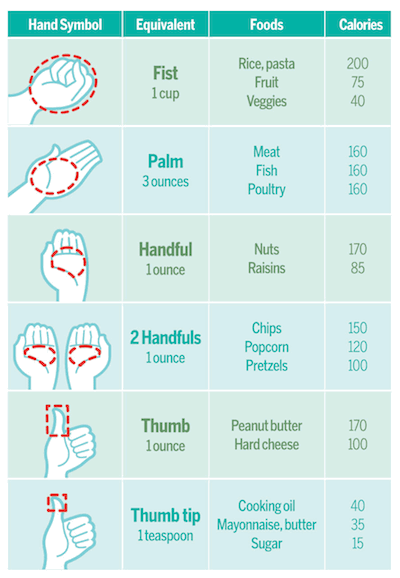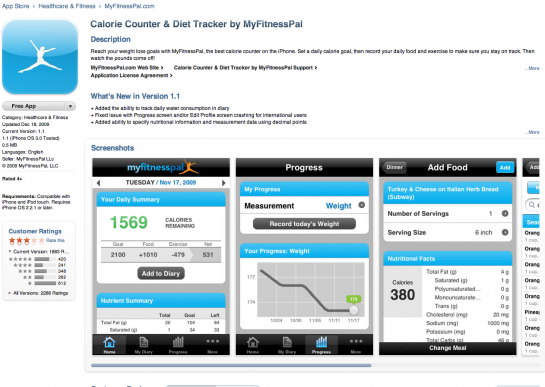Double Your Weight Loss With One Easy Trick
It may sound too good to be true – but simply tracking what you eat can help you lose weight. In fact, a 2008 study found that, when combined with a regular exercise program and a nutritional plan, keeping a regular food journal could help you lose up to twice as much weight. Even if you do nothing else to alter your diet, regular food tracking will likely change some of your behaviors. You’ll be more aware of what you eat, and you may find that you eat less, simply because you’re paying attention.
To get the most of your food diary, check out these 5 tips:
1. Be consistent.
Studies show that the more often you track, the more weight you’ll lose. Shoot for at least six days a week.
2. Keep track of the little stuff.
Small snacks add up – especially if you indulge every time you walk past the secretary’s candy bowl. You may be surprised by how many tiny treats you have each day.
A great way to curb the cravings for snacks is with a daily dose of dense nutrition from Shakeology! You will feel more full and less likely to “graze” throughout the day.
Learn more about Shakeology ->
3. Watch your portion sizes.
Most people eat far more than they realize. Spend a week or two measuring your portions, so you know for sure how much you’re eating.
The newest Beachbody fitness program was designed with this thought in mind! 21 Day Fix uses a container system to take a lot of the guesswork out of not only what you should be eating, but also HOW MUCH as well. The 21 Day Fix can help you lose up to 15 pounds in 21 days. Each workout is approximately 30 minutes a day, 7 days a week.
Use your hands as a quick and simple guide:
- Your closed fist is about the size of a 1 cup portion of fresh fruit, raw veggies, cereal, oatmeal, soup or your favorite beverage.
- Your cupped hand is about the size of a ½ cup portion of rice, pasta, beans, cooked veggies, potatoes, or your first love, ice cream.
- It’s also about the size of a 1 ounce portion of chips, crackers, pretzels or nuts.
- Your palm is about the size of a 3-4 ounce portion of meat, fish or poultry.
- Your thumb is about the size of a 1-2 tablespoon portion of cheese, salad dressing, sour cream or peanut butter.
- The tip of your thumb is closer to a 1 teaspoon portion of butter or margarine, mayo or olive oil.

4. Keep your journal current.
Be sure your records are accurate by noting what you eat when you eat it. Don’t try to recreate an entire day’s food intake right before bed – you’ll almost definitely forget something. I’ve fallen into this trap before and despite how much you think you can recall about your day, the mindless process of eating isn’t something you typically commit to memory. Track as you go throughout your day!
5. Find a system you can maintain.
This is an important one! Use a method that’s fast and convenient for you. If your method of tracking isn’t something that you can easily do dat-to-day, you are likely going to throw your hands up and say; “This isn’t worth the hassle!”. I always recommend MyFitnessPal, a free web and smartphone app that makes tracking a breeze.
Keep these five tips in mind, and you’ll be amazed at how effective—and easy—food tracking can be. You don’t even need to alter your diet to get the benefits—tracking alone can make a surprising difference.
Need a Coach?
If you need to find someone that will hold you accountable, answer your questions, help you, and PUSH YOU for the entire duration of your workout! Luckily for you, that’s what me and my team are here for. If you don’t have a coach yet and want one, I’d love to be your coach and help you through a fitness program. I am available to help you reach your goals!

Email Me: coachchris@yourfitnesspath.com
Connect on Facebook: fb.com/coachcoburn
YouTube: https://youtu.be/coachchriscoburn
Instagram: @chris_coburn
Twitter: @yourfitnesspath




0 Comments